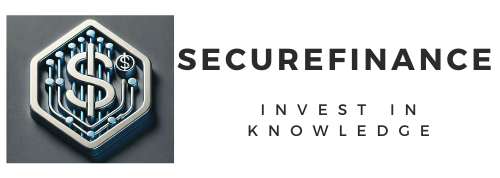
The war between iPhone and Android isn’t just about who has the better camera or smarter AI—it’s a corporate coliseum of two titanic companies: Apple Inc. and Alphabet Inc. For investors, the decision on where to put their money has less to do with megapixels and more to do with balance sheets, innovation pipelines, and global strategy. The “iPhone vs Android” debate has spilled beyond the consumer tech world and right into boardrooms and stock portfolios.
Let’s unpack which smartphone giant offers the smarter investment—Apple’s iPhone juggernaut or the Android galaxy, mostly powered by Google.
Market Share and Global Reach
When it comes to smartphone operating systems, Android is king of the numbers game. With over 70% global market share, Android holds the volume lead, thanks to its open-source model and broad OEM adoption—think Samsung, Xiaomi, Oppo, and countless others. In contrast, Apple’s iPhone controls roughly 28%, but that sliver of the pie brings in lion’s share of profits.
Apple’s strategic focus has always been on quality over quantity. Its user base, though smaller, is located primarily in higher-income regions, including the U.S., Europe, and Japan. These users are often more willing to spend—on services, apps, and hardware upgrades.
From an investment standpoint, Android’s wide net captures volume, but Apple’s selective appeal captures value.
Revenue Streams: Apple vs Google
Apple’s business is a mix of hardware and services. With the iPhone still contributing over 50% of its revenue, services like iCloud, Apple Music, and the App Store have become rapidly growing, high-margin businesses. In contrast, Google’s Android is primarily a distribution platform. The actual money comes from ads, YouTube, and Google Cloud.
Apple’s approach allows it to extract more per user, while Google plays the scale game. Investors keen on predictability and margin-rich revenue may lean toward Apple, while those who value diversified ad revenue might prefer Alphabet.
Profit Margins and Operating Efficiency
It’s no secret—Apple boasts some of the highest profit margins in the tech industry. Gross margins hover around 43–45%, thanks largely to its control over both hardware and software. Alphabet, while profitable, operates with thinner margins due to its sprawling and sometimes experimental operations.
If you’re seeking operational excellence and capital efficiency, Apple’s balance sheet is a fortress. That’s hard to ignore when evaluating long-term investment potential.
Brand Loyalty and Consumer Retention
Ever heard someone say they’re “locked into the Apple ecosystem”? That’s no exaggeration. Apple’s customer retention rates exceed 90%, a figure that spells gold for recurring revenue. People don’t just buy iPhones—they buy AirPods, Macs, Watches, and subscriptions.
Android, while more fragmented, benefits from the low barrier to entry. Its flexibility makes it the top choice in price-sensitive markets. However, fragmentation among OEMs like Samsung and OnePlus results in lower overall loyalty compared to Apple.
Investors looking for repeatable, sticky revenue often lean towards Apple.
Innovation and Product Ecosystems
Apple has turned its ecosystem into a seamless web—one that’s increasingly hard to escape. iMessage, FaceTime, iCloud, Handoff—all designed to keep you within the walled garden. Google’s Android ecosystem is vast but less centralized, relying on partners and third-party manufacturers.
The company that owns the full vertical—like Apple—often yields better control, pricing power, and consistency in user experience, making it an attractive asset for long-term growth.
You Can Also Read : How to Invest in Apple and Android Smartphone Stocks in 2025
FAQs
What drives Apple’s premium valuation versus Alphabet?
Apple’s strong pricing power, loyalty, services margins, and consistent dividends justify its premium relative to Alphabet.
Is Alphabet at risk from antitrust regulation?
Yes — potential forced data-sharing or breakup under recent DOJ/European Commission rulings could impact Google’s monopoly over search and ads.
Which stock has better upside potential?
On current forecasts and valuation, Alphabet has higher upside (potential 20–25%) compared to Apple (~7–8%).
Is Apple’s dividend reliable?
Yes, Apple has paid and increased dividends since 2012, although the yield (~0.4–0.5%) is modest for a tech company.
